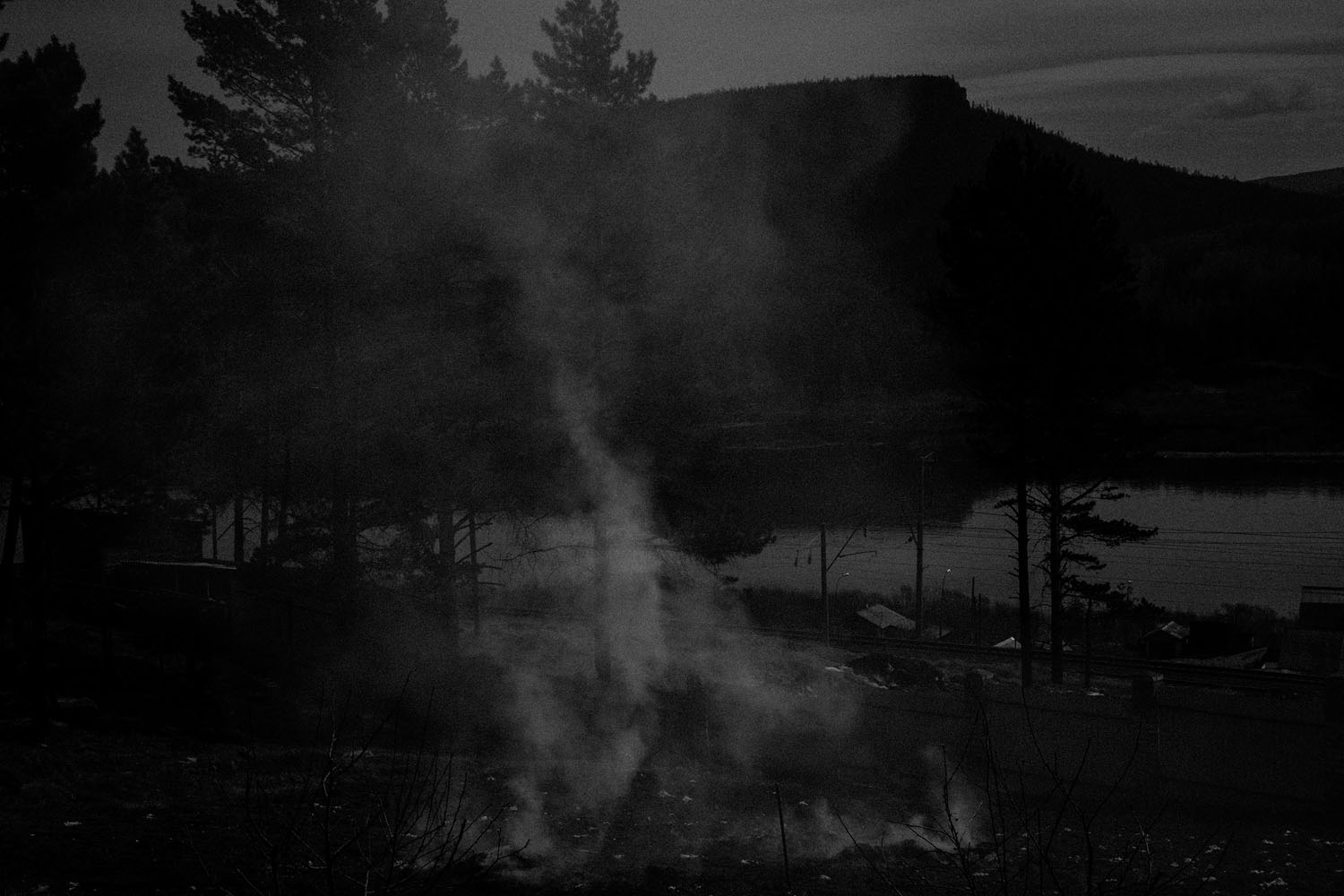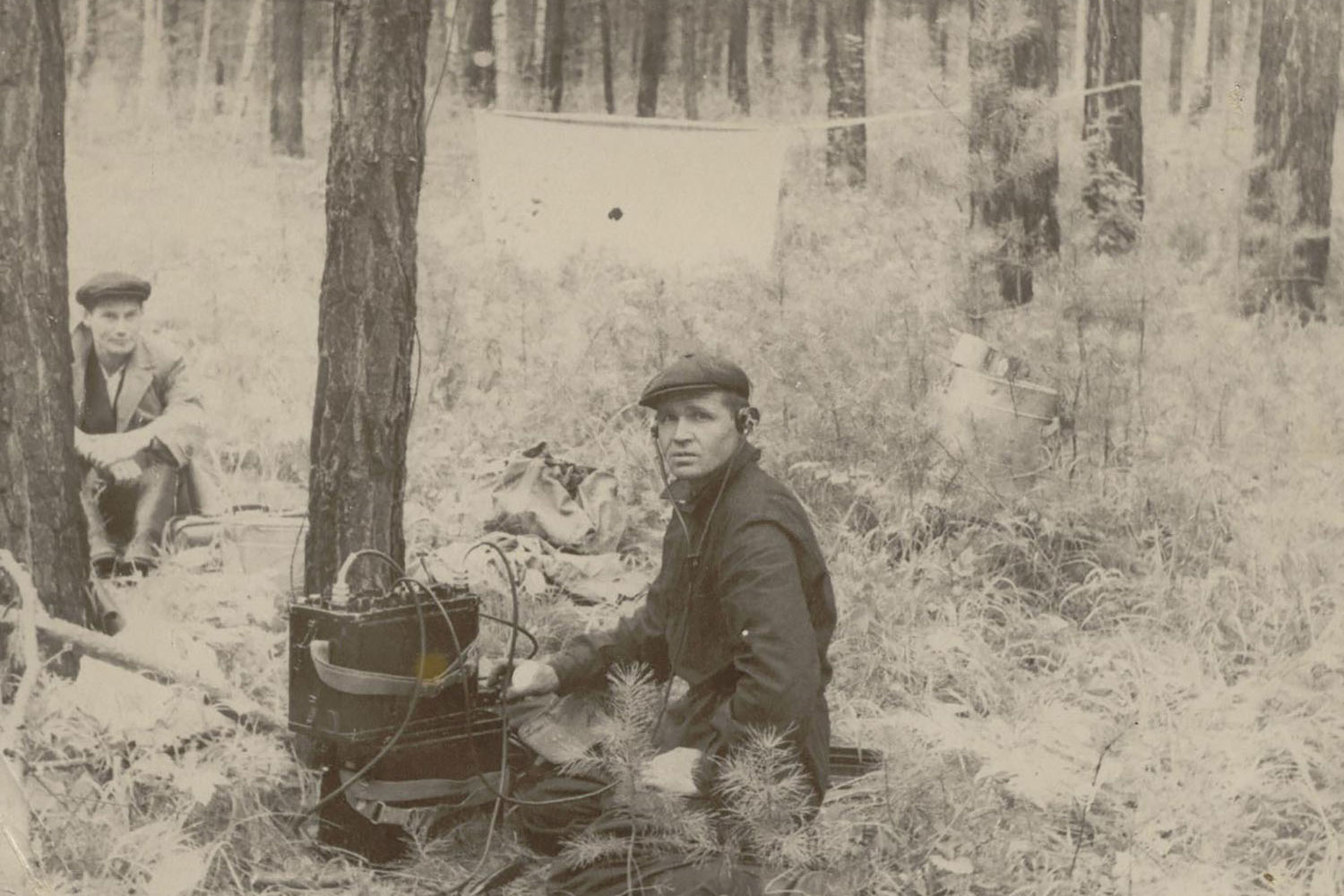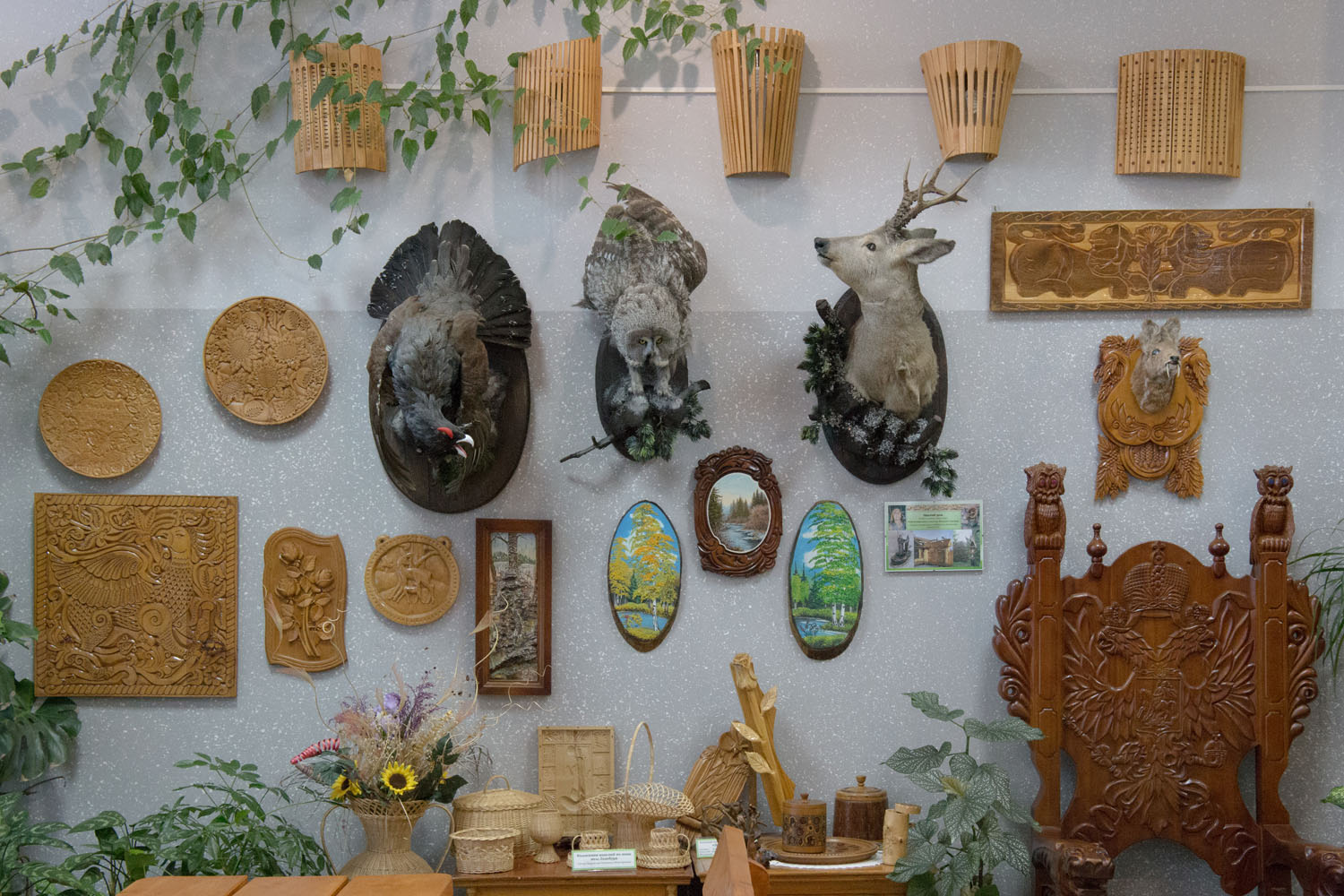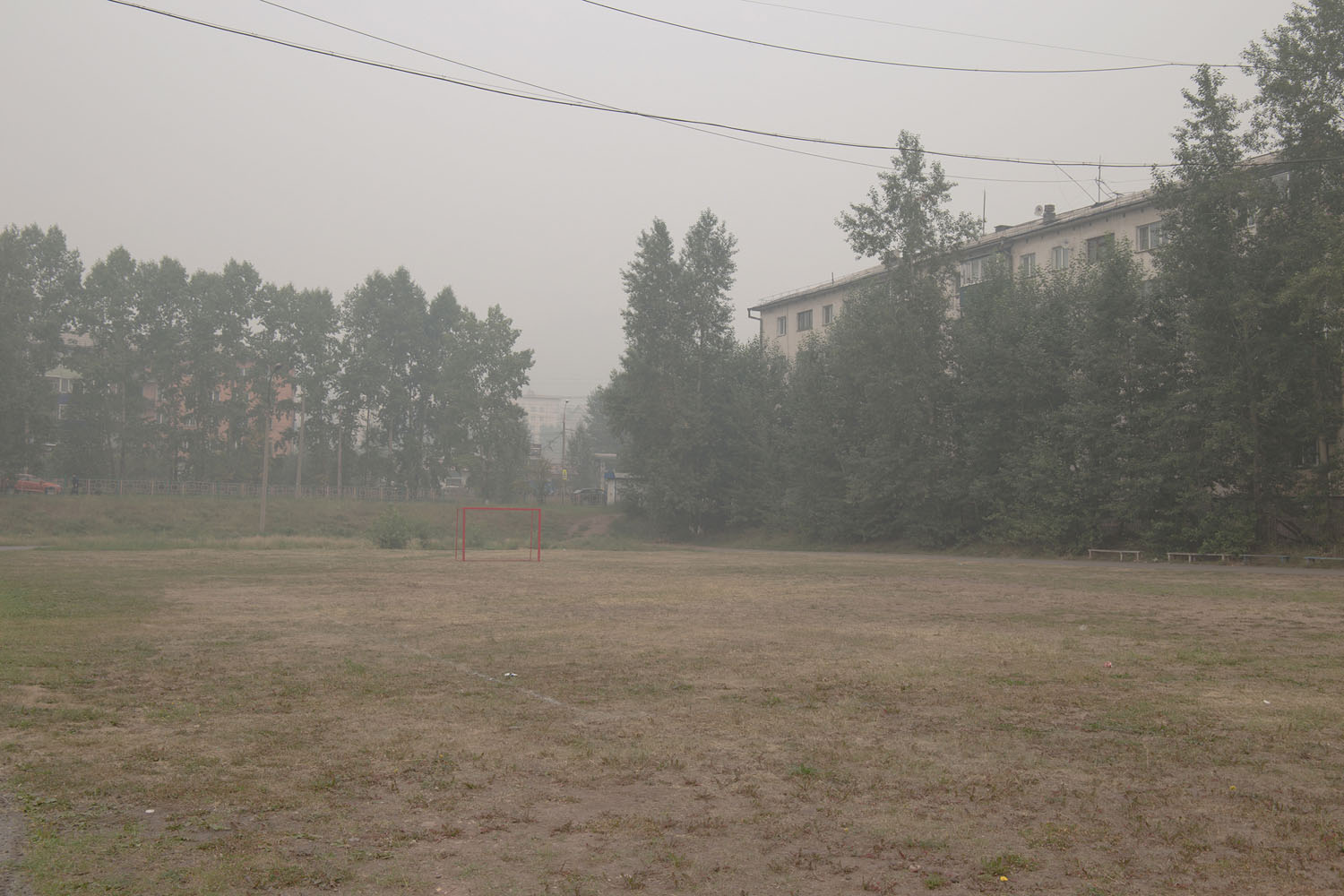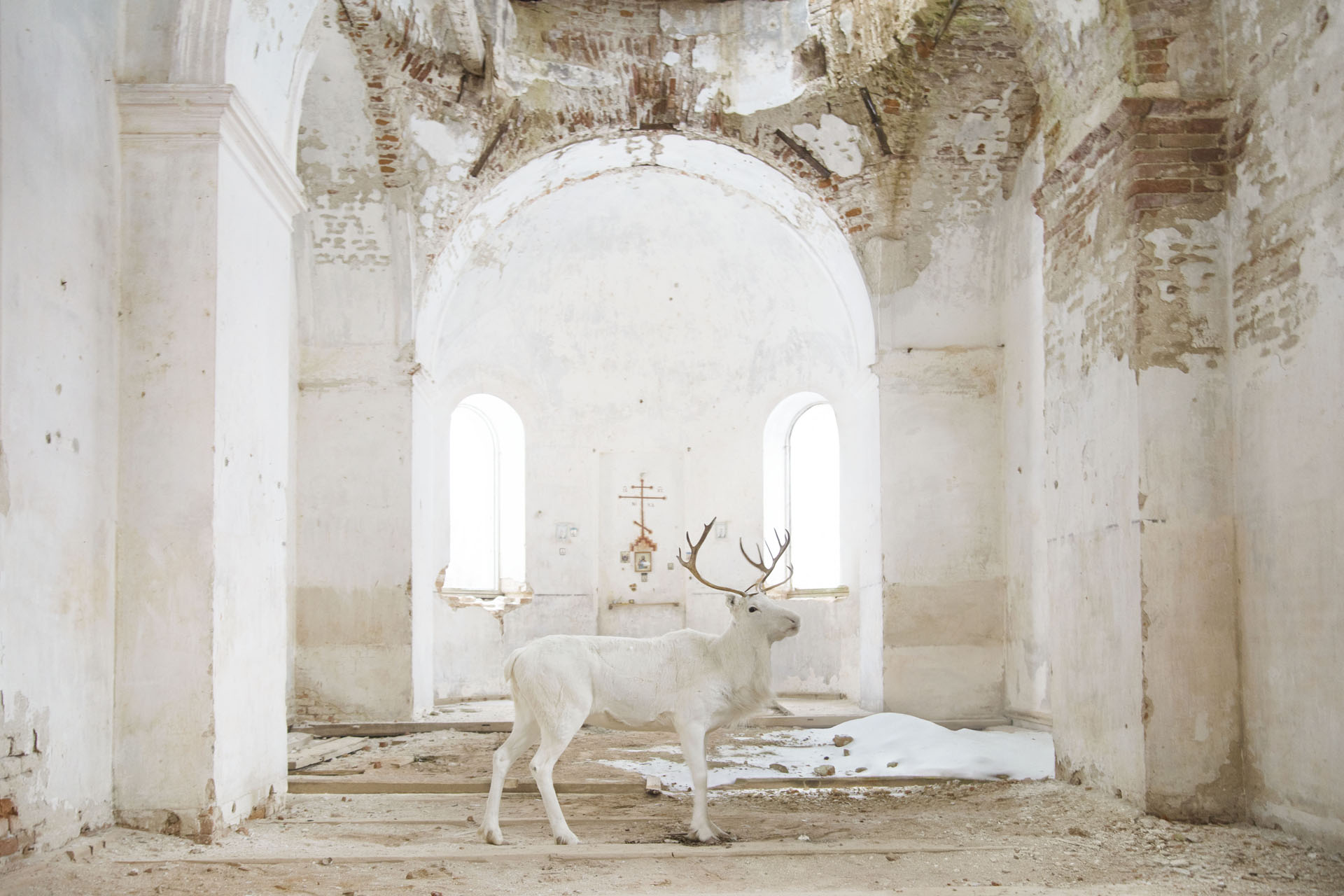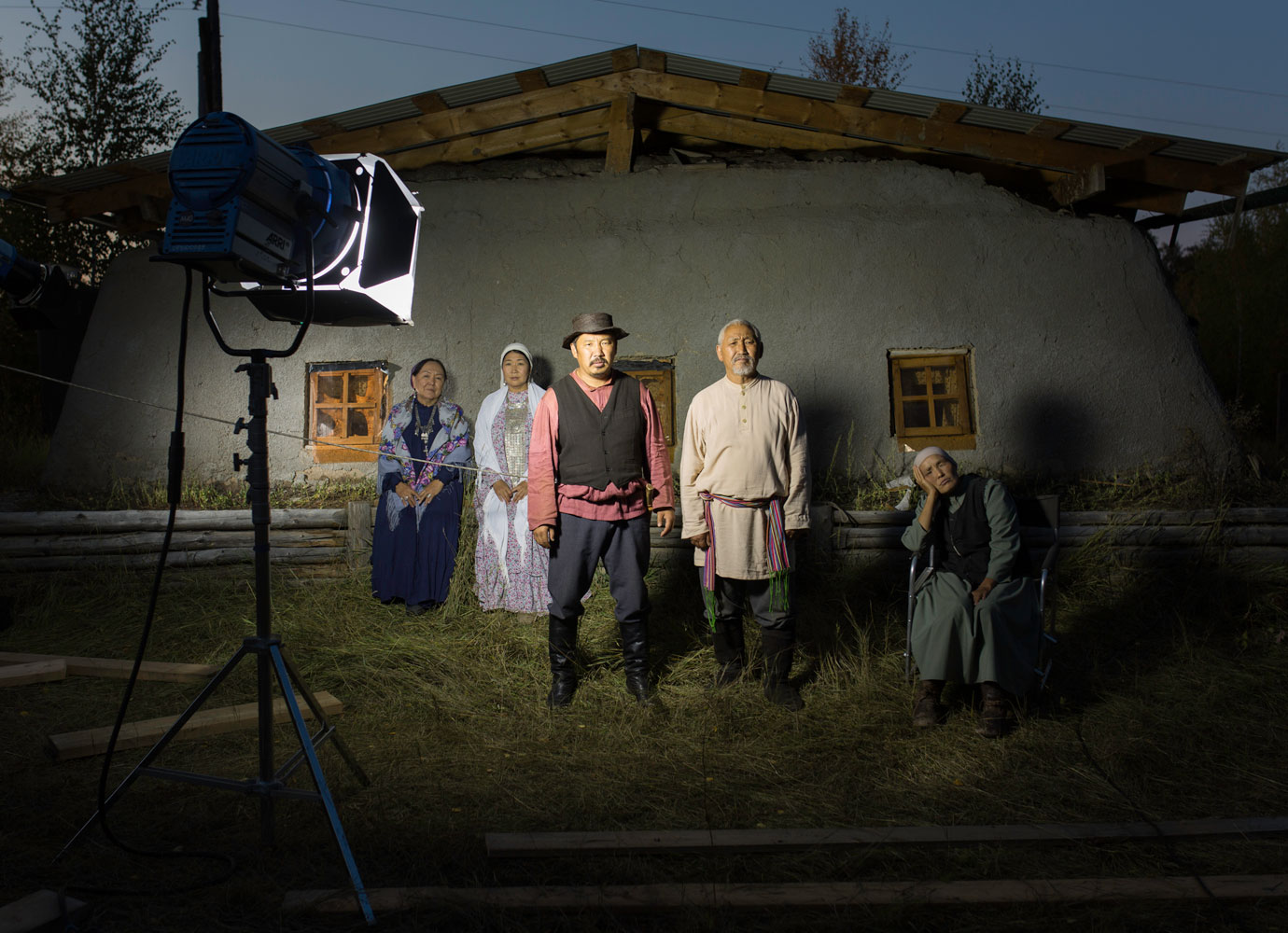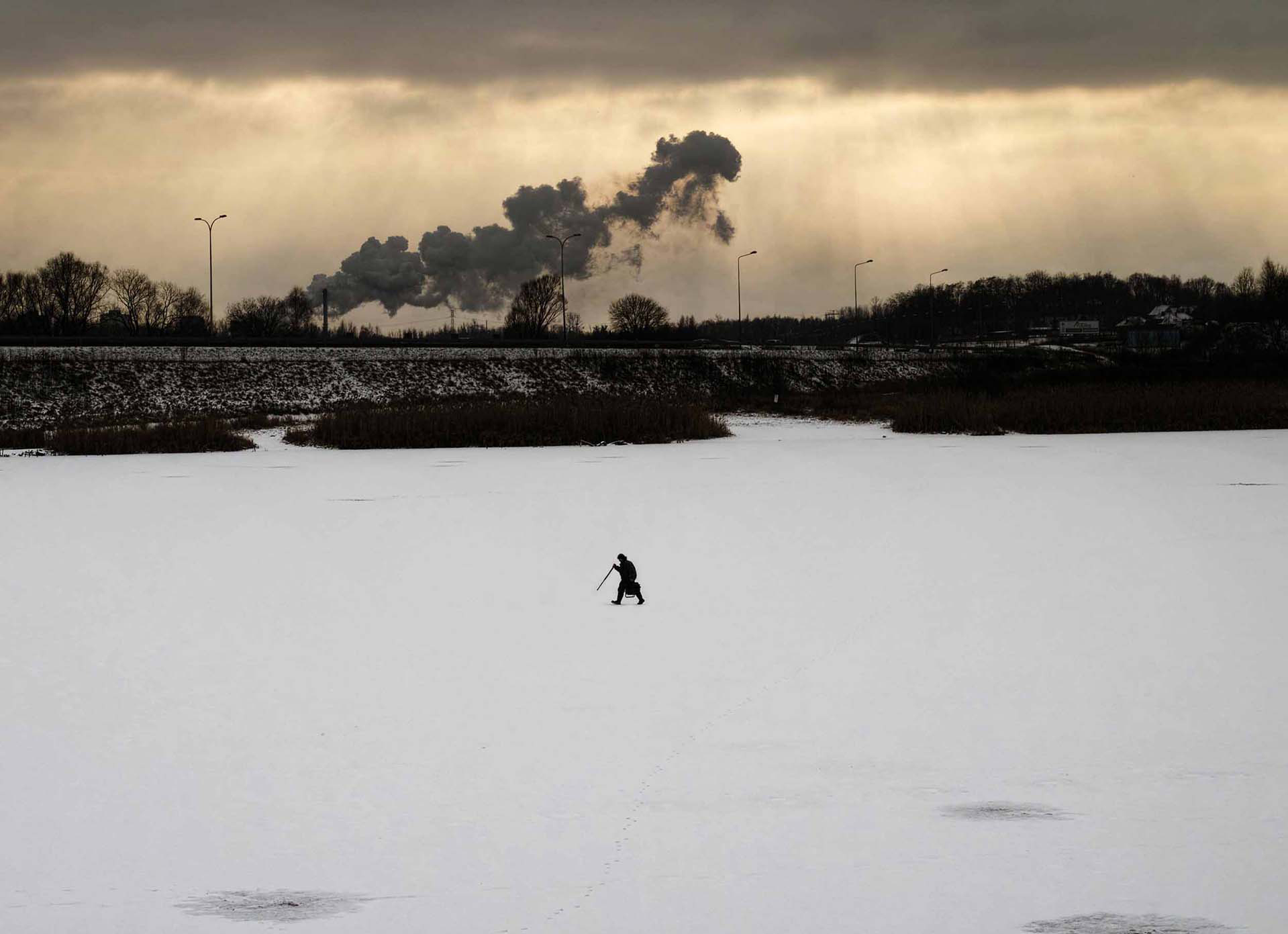Photographer Marina Istomina’s modern fairytale delves into Siberia’s urgent wildfire crisis
Our biennial New East Photo Prize is back — this year, with 11 new finalists. Below, get to know Russian photographer Marina Istomina and her series Suffocation, which explores nature, gender, and mythology.
In her series on Siberia’s wildfires, photographer Marina Istomina offers a view into national tragedy that breaks from the conventions of what is known as “disaster photography”. Hailing from Ust-Kut in Russia’s Irkutsk region, a small Siberian town 4,000 kilometres east of Moscow, she has witnessed the destruction of the taiga forest firsthand. Istomina was in Ust-Kut during the summer of 2019, when fires captured global attention, the blazes tearing through Siberia and remote Arctic areas with unprecedented fury.
Military planes were sent to extinguish the flames, and the government launched an investigation into whether the fires were deliberately started by loggers. Istomina, meanwhile, took countless images of the canopy of smoke that veiled her town, and trapped locals in their houses. Despite documenting the escalating destruction, she told The Calvert Journal in September 2019 that she felt the landscapes she photographed then “didn’t reveal anything about what was happening to the people or the animals there.”
The fires, of course, returned. The following year, Siberia experienced its warmest June on record amid a ferocious heatwave. Istomina collected local newspapers and visited the Museum of Forest Ecosystems in Krasnoyarsk, but found nothing surprising in the coverage of the wildfires. “The articles are very similar, featuring calculations about the amount of equipment used to extinguish the wildfires, interspersed with occasional accusations from the authorities,” she said.
Yet at the same time, Istomina was experimenting with her own response to the wildfires: creating self-portraits and staged photos to explore the fragility of her surroundings. She named her photo project Suffocation, alluding to the experience of locals who must cope with the fires year after year. The title perhaps also reveals the frustration she had felt with the media’s dispiriting response to the crisis. “I tried to suggest this story to different magazines and newspapers, but they only wanted to publish the documentary photography without the conceptual images. I understood that the images I had were not enough, but I didn’t know what more I could do, what direction I could take.”
As a series, Suffocation doesn’t stick to one style but common themes emerge: roots and tradition, greed and power. The message in some images is glaringly obvious: a firefighter jumps out of a helicopter; money is hidden in between chopped firewood. However, what makes Istomina’s work distinctive is the way she draws on, and invents her own mythology. Besides sifting through scientific reports on forestry, she also read up on the indigenous cultures of eastern Siberia. “In one article, which was about about Yakob Lindenau’s writings on the Evenks, one of the indigenous peoples of the Russian North, I highlighted an incantation used at traditional wedding ceremonies: ‘Be fertile, be laughing, train a good hunter for God, take care of your husband (originally: ‘hold him in your arms’), bring up your child well, let him have plenty of fire’.”
The incantation inspired the photographer to go beyond the present, burning issue. She has since turned the project into a fairytale consisting of three female characters: a shaman, a scientist, and a wildfire witness. “My shaman character came out of the idea that nature is a woman, and as a woman, it must follow a set of conventions and responsibilities: to be nurturing and raise children with ‘plenty of fire’.”
The three women speak as the forest, wrestling it from male figures usually responsible for making marks upon the land: legislators, ministers, hunters, foresters, firefighters, and leaders of criminal groups with their own interests in the local logging industry.
“I wanted to engage people, and mythology felt like the most interesting way into the topic. Facts don’t tell the full story, especially when everyone has heard it all before. I wanted to return to the world of fairytales, to hint at deceptions and secrets, but also present a warm story — like an incantation.” She is also mindful that “people who have never been to Siberia but read about it, hold a mythological view of the region”, and plays with the stereotype. Crucially, Suffocation shows us how fiction can enrich stories about urgent ecological issues, when the truth is hidden, disputed, or unreliable.
